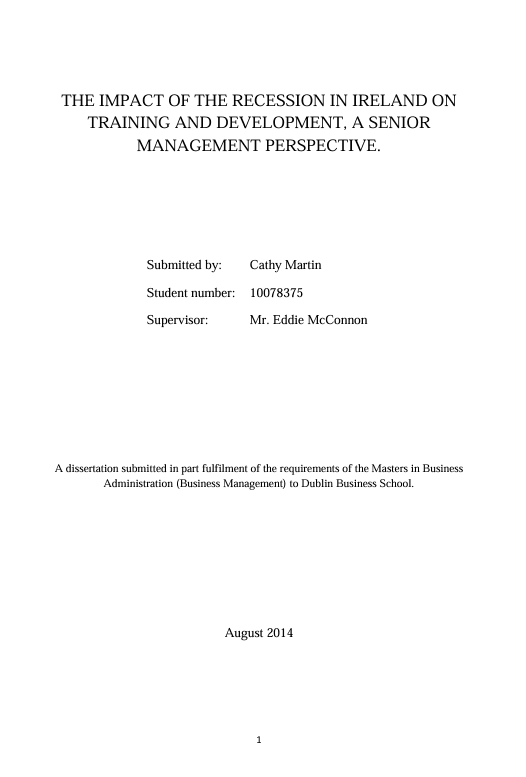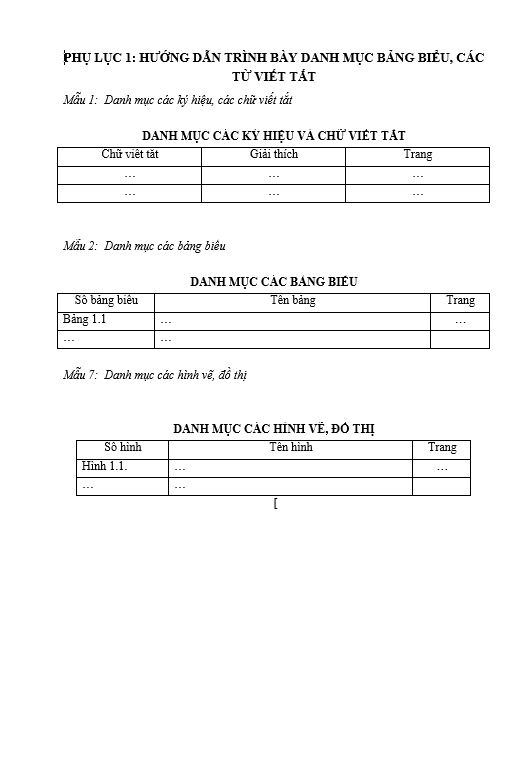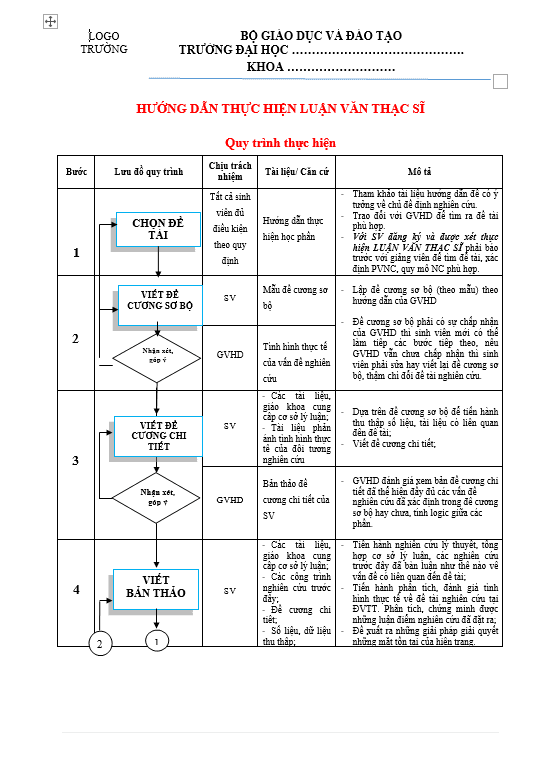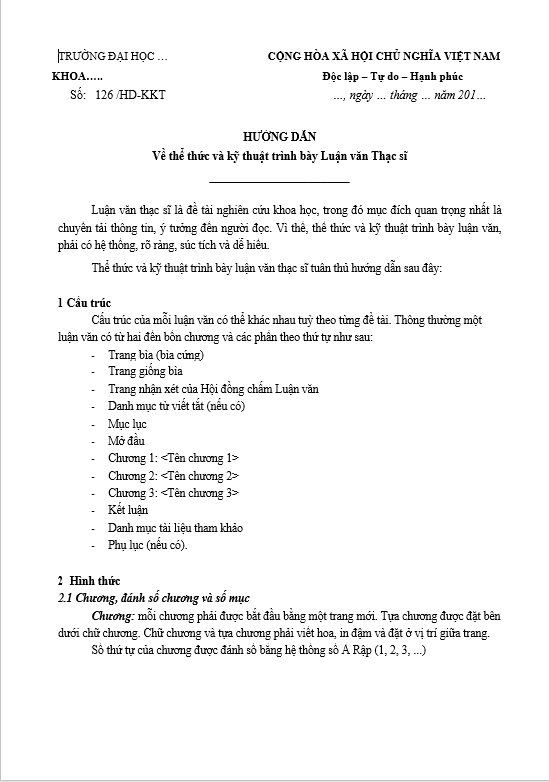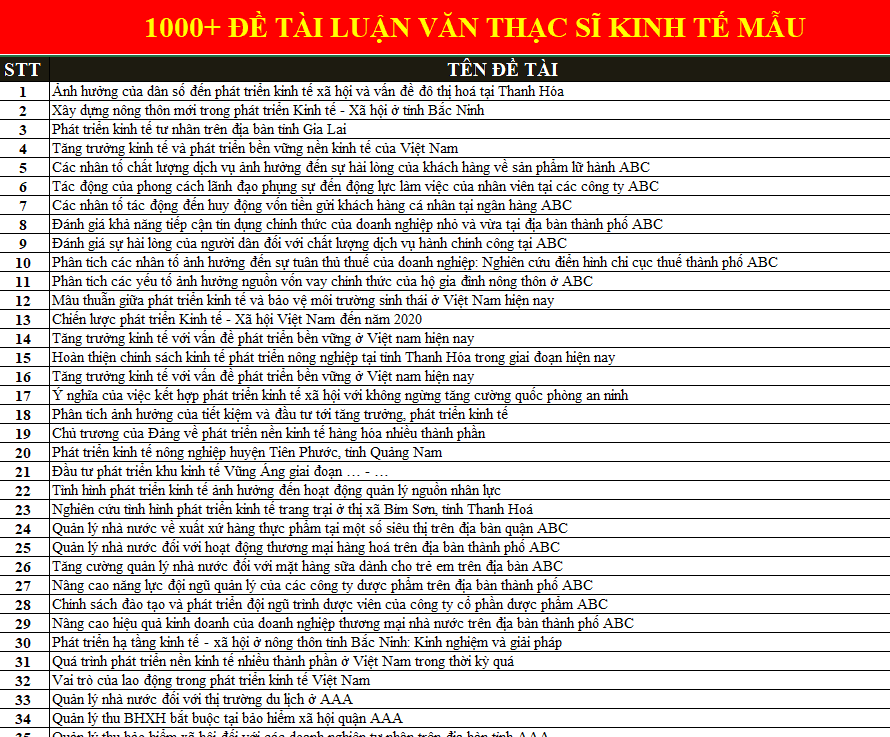Table of Contents
DECLARATION………………………………………………………………………………………………. 2
LIST OF FIGURES ………………………………………………………………………………………….. 6
ACKNOWLEDGMENTS …………………………………………………………………………………. 7
ABSTRACT ……………………………………………………………………………………………………… 8
1 INTRODUCTION. …………………………………………………………………………………….. 9
1.1 Background to the problem. 9
1.2 The research question and objectives. 9
1.2.1 Research objective ……………………………………………………………. 9
1.2.2 Research Questions …………………………………………………………. 10
1.3 The approach to the dissertation. 10
1.4 The organisation of the dissertation. 11
1.5 The scope and limitations of the research. 11
1.5.1 Limitations to the research. ………………………………………………. 12
1.6 The contribution of the research and the recipients of the research. 12
1.7 Justification for the research. 13
1.8 Introduction to research 14
2 LITERATURE REVIEW …………………………………………………………………………. 17
2.1 Literature Introduction 17
2.2 Training and Development 18
2.3 Economic recession 24
2.4 Effective training and development 29
2.5 Reward and employee engagement 32
2.6 Literature Conclusion 34
2.6.1 Research Gap …………………………………………………………………. 35
2.6.2 Research objective ………………………………………………………….. 35
2.6.3 Research Questions …………………………………………………………. 35
3 RESEARCH METHODS AND METHODOLOGY …………………………………… 36
3.1 Introduction 36
3.2 Research Design 36
3.3 Research Philosophy 37
3.4 Research Approach 39
3.4.1 Research choice ………………………………………………………………. 40
3.5 Research Strategy 41
3.6 Time Horizons 42
3.6.1 Time Horizon: Cross-Sectional …………………………………………. 42
3.7 Data Collection and Data Analysis 42
3.7.1 Secondary research………………………………………………………….. 42
3.7.2 Primary research……………………………………………………………… 42
3.7.3 Selecting Respondents …………………………………………………….. 44
3.7.4 Data Analysis Procedures ………………………………………………… 45
3.8 Validity and reliability 46
3.9 Research Ethics 47
3.10 Limitations of Methodology 48
4 DATA ANALYSIS AND FINDINGS ………………………………………………………… 50
4.1 Introduction 50
4.2 Analysis of Qualitative research 51
4.3 Findings 63
5 DISCUSSION …………………………………………………………………………………………… 66
5.1 Research Question 66
5.2 Sub questions 71
6 CONCLUSIONS AND RECOMMENDATIONS. ……………………………………… 76
6.1 Introduction 76
6.2 Conclusions 76
6.3 Recommendations 79
7 BIBLIOGRAPHY …………………………………………………………………………………….. 80
APPENDIX 1: RESEARCH QUESTION PROCESS. ………………………………………. 94
APPENDIX 2: VRIN MODEL ………………………………………………………………………… 95
APPENDIX 3: RESEARCH ONION ……………………………………………………………….. 96
APPENDIX 4: SECURITY CLEARANCE………………………………………………………. 97
APPENDIX 5: INTERVIEW QUESTIONS …………………………………………………….. 98
APPENDIX 6: INTERVIEW TRANSCRIPT 1 ………………………………………………… 99
APPENDIX 7: INTERVIEW TRANSCRIPT 2 ………………………………………………. 107
APPENDIX 8: INTERVIEW TRANSCRIPT 3 ………………………………………………. 111
APPENDIX 9: INTERVIEW TRANSCRIPT 4 ………………………………………………. 117
APPENDIX 10: INTERVIEW TRANSCRIPT 5 …………………………………………….. 122
APPENDIX 11: SELF REFLECTION …………………………………………………………… 127
Introduction 127
Evaluation of learning and development 127
Conclusion 130

